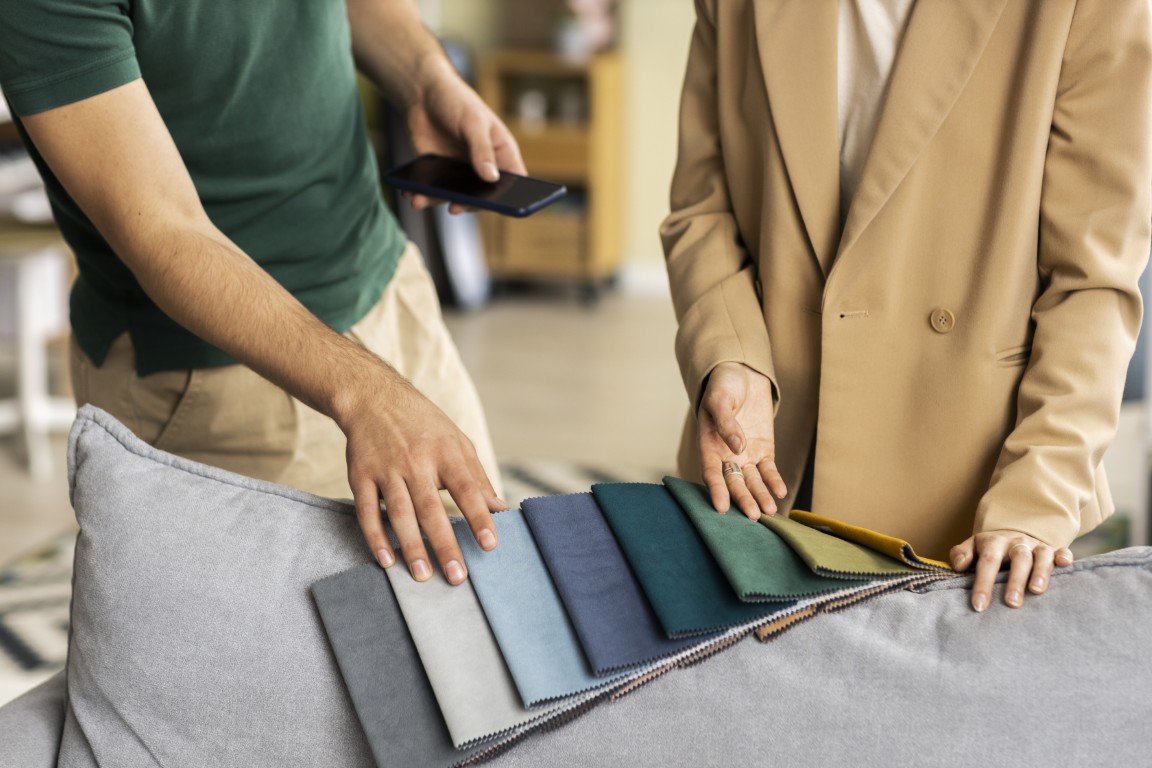1111111

Kng
11/04/2025
0 Comments
Introduction: The Power of Custom Design in Corporate Identity
A well-curated corporate identity extends beyond logos or color schemes—it encompasses every physical and digital interaction point, including office spaces. Custom-designed office furniture plays a pivotal role in reinforcing a company’s brand and culture. By integrating tailored design into workspaces, companies create an environment that reflects their values, enhances employee engagement, and leaves a lasting impression on clients. Custom furniture offers flexibility, ensuring layouts align with functionality while maintaining visual harmony. It allows companies to incorporate brand colors, finishes, and unique aesthetics that set them apart. Every element, from ergonomic chairs to collaborative desks, serves to amplify corporate identity seamlessly.Connecting Office Furniture Design to Brand Values
Custom office furniture serves as a visual embodiment of an organization’s brand values, creating an environment that aligns with its identity. Thoughtful furniture design reflects the company’s mission, underscoring values such as innovation, sustainability, or sophistication.Key elements to consider in design include:
- Materials: Using eco-friendly options communicates a commitment to sustainability.
- Color Palette: Integrating brand colors reinforces visual identity across the workspace.
- Layouts: Open designs promote collaboration, echoing values of transparency and teamwork.
The Impact of Aesthetics on Employee Productivity and Morale
The design and aesthetics of office furniture directly influence employee productivity and workplace morale. Environments enriched with visually appealing and ergonomically crafted furniture create a sense of pride and belonging among team members. A well-designed workspace can stimulate creativity by offering a harmonious blend of form and function. Studies indicate that employees working in aesthetically pleasing environments exhibit reduced stress levels. Features such as vibrant color palettes, natural materials, and sleek designs evoke positivity, enhancing motivation. Moreover, personalized furniture layouts foster a sense of ownership while addressing individual ergonomic needs, promoting physical comfort. Attention to aesthetics signals that companies value their workforce’s wellbeing, further boosting morale and retention rates.Integrating Functionality with Unique Design Elements
Custom office furniture merges functionality with aesthetics, providing tailored solutions that enhance productivity. Ergonomics play a pivotal role in ensuring employees’ comfort and long-term well-being. Incorporating unique design elements such as modular configurations or vibrant finishes can reinforce a company’s branding and visual appeal. Key considerations include:- Space Optimization: Creating pieces that maximize available workspace while remaining unobtrusive.
- Material Selection: Using durable yet visually appealing materials to convey professionalism.
- Innovative Features: Built-in storage, adjustable components, or smart integrations for improved efficiency.
How to Align Office Furniture Choices with Your Business Goals
Selecting office furniture that reflects a company’s objectives requires thoughtful planning and alignment with brand identity. Businesses should first evaluate their core values, mission, and culture to identify how furniture can support these elements. For instance, an innovative tech startup may invest in modular, collaborative furniture to encourage teamwork, while a formal law firm might prioritize classic, high-quality designs that convey professionalism.- Assess the space layout to understand practical requirements like ergonomics and functionality.
- Choose materials and finishes that underscore the company’s image, such as sleek metals for modernity or warm woods for tradition.
- Consider scalability to accommodate organizational growth while maintaining visual consistency.
Innovative Materials and Textures: Making a Statement
The selection of materials and textures in office furniture significantly impacts the aesthetic and functionality of a workspace. Businesses can explore advanced materials like:- Engineered Woods and Laminates: Offering durability and sleek finishes, these materials are ideal for creating modern designs.
- Recyclable Metals and Alloys: Lightweight yet sturdy options that align with eco-conscious branding.
- Sustainable Fabrics: Materials like organic cotton or recycled polyester enhance upholstered furniture while promoting sustainability.
- Matte Finishes: These offer a sophisticated appearance, reducing glare in well-lit areas.
- Embossed Patterns: Add depth to surfaces while emphasizing attention to detail.
Custom Furniture Solutions for Different Spaces and Purposes
Custom office furniture is tailored to align with varied spatial configurations and functional needs. By leveraging bespoke designs, businesses can optimize layouts for private cubicles, open-plan workstations, executive offices, or collaborative zones. Customization ensures furniture fits seamlessly into the space while supporting ergonomic and aesthetic demands.Benefits of Custom Solutions:
- Efficient Space Utilization: Unique designs maximize floor area without compromising comfort or accessibility.
- Flexibility for Functionality: Furniture can be adapted for specific purposes like storage, workstations, or presentation areas.
